A planar structure of length L and width W is made of two different optical media of refractive indices n1=1.5 and n2=1.44 as shown in figure. If L>>W. a ray entering from end AB will emerge from end CD only if the total internal reflection condition is met inside the structure. For L=9.6m, if the incident angle θ is varried, the maximum time taken by ray to exit the plane CD is t x 10−9 S, where t is ___
[Speed of light c=3×108 m/s]
![A planar structure of length L and width W is made of two different optical media of refractive indices n(1)=1.5 and n(2)=1.44 as shown in figure. If L gt gt W. a ray entering from end AB will emerge from end CD only if the total internal reflection condition is met inside the structure. For L=9.6m, if the incident angle theta is varried, the maximum time taken by ray to exit the plane CD is t x 10^(-9) S, where t is [Speed of light c=3xx 10^(8) m/s]](https://d10lpgp6xz60nq.cloudfront.net/physics_images/MOT_CON_JEE_PHY_C20_E04_077_Q01.png)
The correct Answer is:50
Topper's Solved these Questions
Similar Questions
Knowledge Check
There are three optical media 1,2 and 3 with the refractive indices μ1>μ2>μ3.
(TIR → total internal reflection)Awhen a ray of light travels from 3 to 1 no TIR will placeBcritical angle between 1 and 2 is less than the critical angle between 1 and 3Ccritical angle between 1 and 2 is more than the critical angle between 1 and 3Dchances of TIR are move when ray of light travels from 1 to 3 as compared to the case when it travel from 1 to 2For a given incident ray as shown in Fig., the condition of total internal reflection of ray will be satisfied if the refractive index of the block will be.
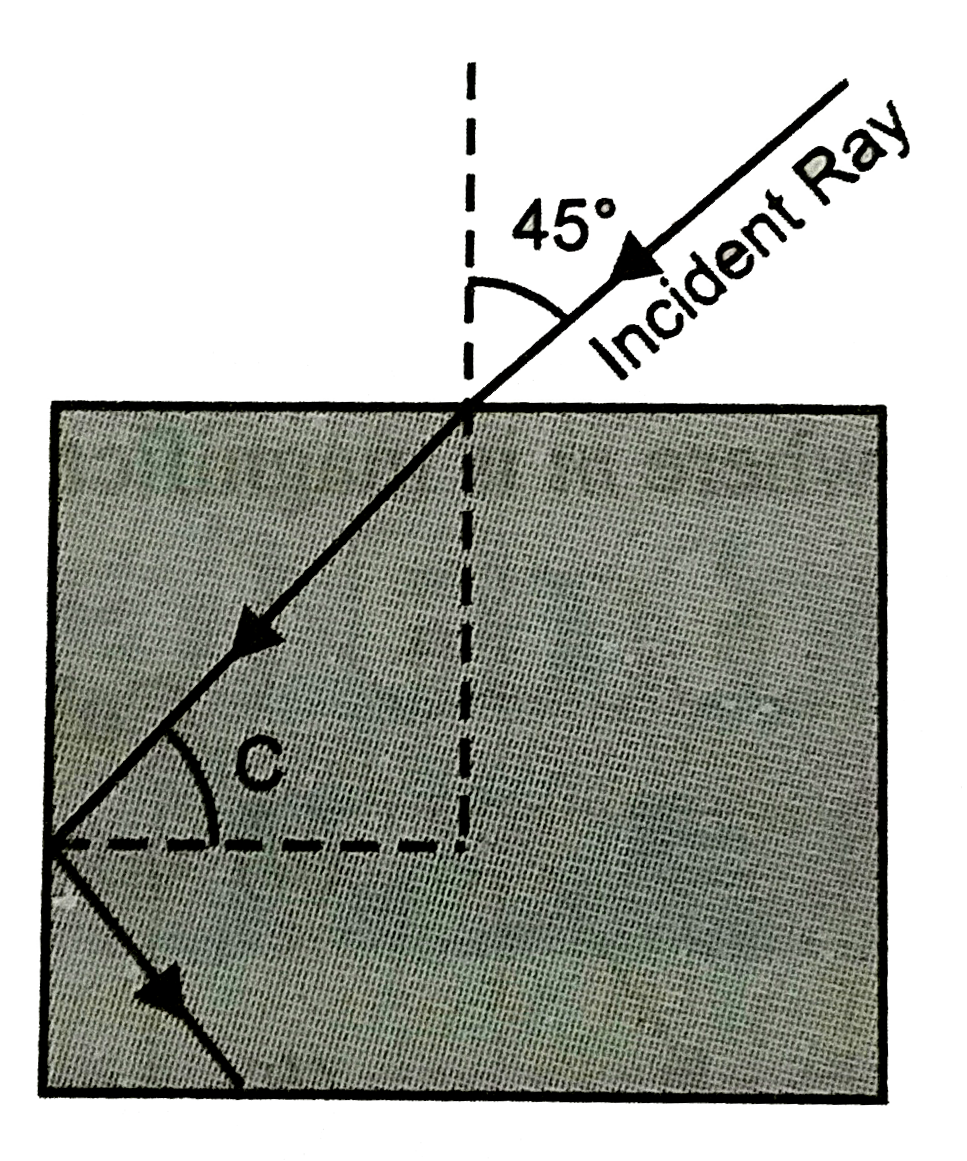 .A√3+12B√2+12C√32D√76
.A√3+12B√2+12C√32D√76A ray of light passes through four transpar ent media with refractive indicesμ1,μ2,μ3 and μ4 as shown in figure. The surfaces of all media are parallel. If the emergent ray is parallel to the incident ray, we must hav
 An1=n4Bn2=n4Cn3=n4Dn1=n2+n3+n43
An1=n4Bn2=n4Cn3=n4Dn1=n2+n3+n43
Light incidence on a sphere of refractive index √3 placed in a air as shown in Figure. Find the angle (θ)in degree between emergent ray and reflected ray.
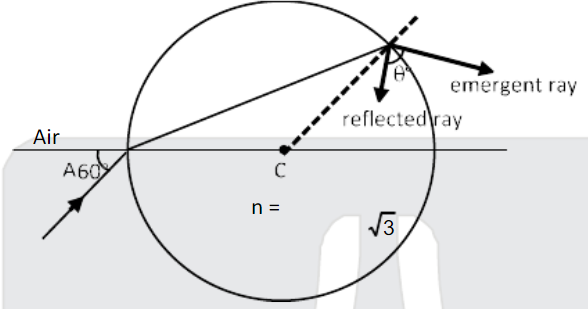
View SolutionLight incidence on a sphere of refractive index √3 placed in a air as shown in Figure. Find the angle (θ)in degree between emergent ray and reflected ray.

View SolutionA ray of light entering from air into a denser medium of refractive index 43, as shown in figure
The light ray suffers total internal reflection at the adjacent surface as shown. The maximum value of angle θ should be equal to :
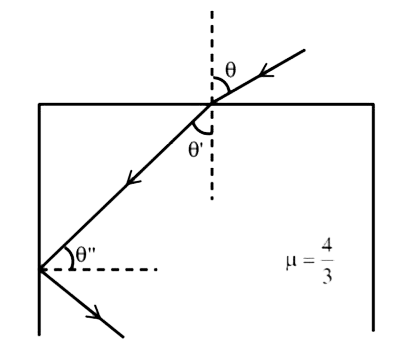
View SolutionTwo light rays initially in same phase travel through two media of equal length L having refraction index μ1andμ2(μ1>μ2) as shown in figure. If the wavelength of light rays in air is λ, the phase difference of the emerging rays is given by
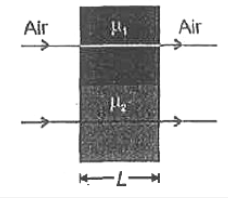
View SolutionA ray of light passes through four transparent media with refractive indicesμ1,μ2,μ3 and μ4 as shown in the figure. The surfaces of all media are parallel. If the emergent ray CD is parallel to the incident ray AB, we must have
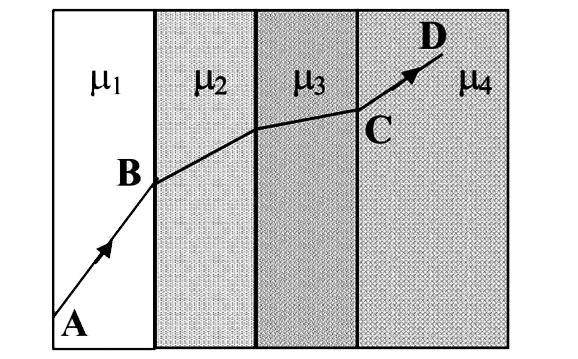
View Solution
